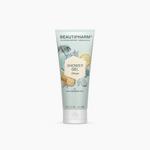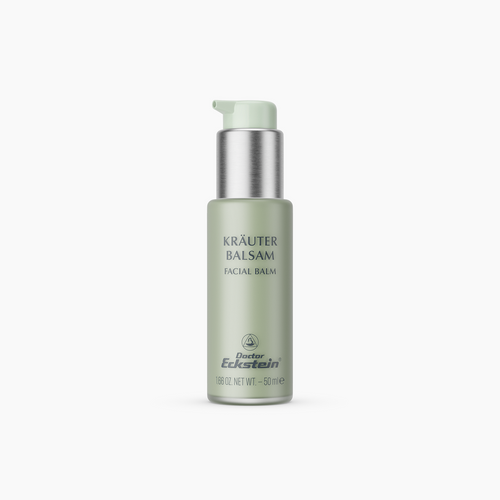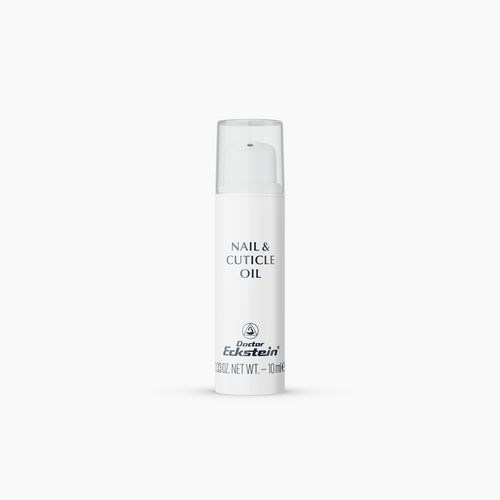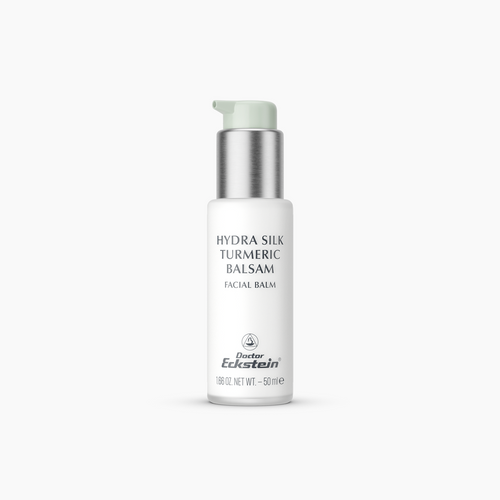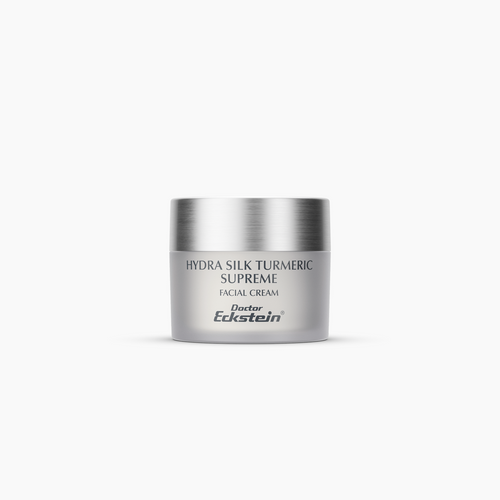Turmeric began its triumphal march through Europe in the 18th century as the main ingredient in curry powder.
It was the English who brought turmeric to England from India and also invented curry powder. This is how the spice mixture, inspired by India's cuisine, made its way onto England's plates and with it turmeric, which gives the curry powder its typical yellow color.
What was initially a question of good taste, long ignored that turmeric is also valued as a medicinal product in its native countries of India and other parts of Southeast Asia. For example, in the traditional Indian healing art Ayurveda, turmeric is used to treat skin diseases, inflammation, or digestive problems, among other things.
Turmeric has also stood the test of time as a coloring agent. The Romans imported it from the Orient two thousand years ago, primarily to dye wool with it. Today it is regaining popularity because coloring with a natural dye is a sustainable option.
The curcumin in turmeric – a powerful antioxidant
I intensively dealt with turmeric for the first time during my studies in preventive and holistic medicine. Research and science have long recognized the potential of traditional medicine. A good example of this is turmeric. Clinical studies have been conducted for years on its secondary plant substance, curcumin. There are indications that it could be effective against Alzheimer's or cancer. However, the studies have yet to provide us with conclusive evidence. Nevertheless, the active ingredient is already used in holistic therapies.
What studies have been able to clearly prove is the antioxidant power that is in curcumin. And here, as a specialist in skincare, that naturally caught my attention. Our skin is exposed to oxidative processes that can lead to premature aging or even skin damage. The triggers for this are manifold: environmental pollution, intense sunlight, pollutants in our food, and permanent everyday stress, to name a few. Antioxidants counteract these oxidative processes. You can read exactly how in my blog post -> "Why antioxidants are amazing."
In skin care, antioxidants can protect the skin from the outside world, and you've probably noticed that many anti-aging creams contain them. And so, together with our development team at Doctor Eckstein®, I have closely followed curcumin research over the past few years.
Tetrahydrocurcumin as an innovative active ingredient in skincare
The problem with curcumin is that it’s not that easy to use in skin care products. Curcumin is not water-soluble and cannot develop its effect in water-based care products. In addition, it reacts with oxygen, making it unstable and lose effectiveness. Not to mention its yellow color, which would inevitably turn our skin yellow.
Research has copied the solution from our body's own metabolism. When ingested through food, our body converts curcumin into tetrahydrocurcumin. Tetrahydrocurcumin is the more stable form of curcumin, so to speak. It stays longer in the body and can thus develop its effect better. And, studies suggest that it is even superior to curcumin in terms of its antioxidant effect.
This is where we got involved in the process. We really wanted to be among the first to use this amazing antioxidant in skincare. I am happy to say we succeeded because we have just launched new care products with tetrahydrocurcumin -> Hydra Silk Turmeric for stressed skin.
This is one example of many exciting research and development processes, whose results we incorporate into our skincare products. We are always on the lookout for the best and most effective ingredients with which we can do something good for the skin.
Wishing you happy skin,
Dr. Verena Eckstein, ND
 What is turmeric?
What is turmeric?


Scientific literature:
Hatcher, H., Planalp, R., Cho, J., Torti, F.M., Torti, S.V. (2008). Curcumin: From ancient medicine to current clinical trials. Cellular and Molecular Life Sciences 65, 1631-1652. DOI: 10.1007/s00018-008-7452-4
Xie, J-F., Cheng, J-J., Cheng, J-F., Feng, Y-C., Lin, G-S., Xu, Y. (2020). Comparation of Anti-Inflammatory and Antioxidantactivities of Curcumin, Tetrahydrocurcuminand Octahydrocurcuminin LPS-Stimulated RAW264.7 Macrophages. Evidence-Based Complementary and Alternative Medicine, Volume 2020, Article ID 8856135, 10 pages. DOI: 10.1155/2020/8856135
Kakkar, V., Kaur, I.P., Kaur, A.P., Saini, K., Singh, K.K. (2018). Topical delivery of tetrahydrocurcumin lipid nanoparticles effectively inhibits skin inflammation: in vitro and in vivo study. Drug Development and Industrial Pharmacy, Volume 44, 1701-1712. DOI: 10.1080/03639045.2018.1492607
Han, J. S., Lee, S., Kim, H. Y., Lee, C. H. (2015). MS-Based Metabolite Profiling of Aboveground and Root Components of Zingiber mioga and Officinale. Biomolecules. 20/9, 16170-16185. DOI: 10.3390/molecules200916170.
Disclaimer: The purpose of this blog is to share interesting scientific literature and skin care tips. This blog is not intended to provide diagnosis, treatment or medical advice. Content provided on this blog is for informational purposes only. Please consult with a physician or other healthcare professional regarding any medical or health related diagnosis or treatment options. Information on this blog should not be considered as a substitute for advice from a healthcare professional. The statements made about specific products are not to diagnose, treat, cure or prevent disease.
